What are some scientific theories that were accepted but later proven to be wrong? Well, science is not always right, so we have compiled a list of some mainstream beliefs about scientific theories that have since been disproven or superseded.
Though most of these scientific theories and thoughts are previously widely accepted, in time those proven to be wrong. Now, it’s time to learn the truth once and for all.
1. Earth is flat – wrong scientific theories 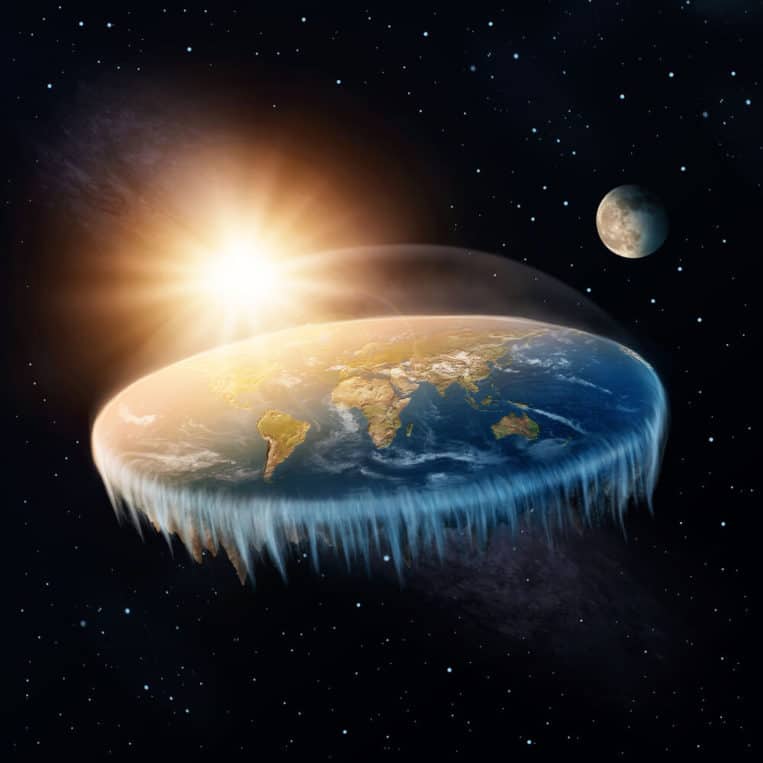
Contrary to general knowledge, some people including scientists believe that the Earth is flat rather than spherical like we know it to be. Members of the Flat Earth Society claim the Earth “feels flat,”. They believe there is a secret government agency that has made everyone think the earth is round. So, they can cover up some kind of conspiracy.
According to this wrong scientific theories believer, that the day and night cycles are made up by NASA and the moon and sun are in fact spheres that circle the flat planet 32 miles above the flat disk we call home – in an attempt to keep up dumb and unaware of the true world we live in.
2. Earth is hollow – Superseded theories in science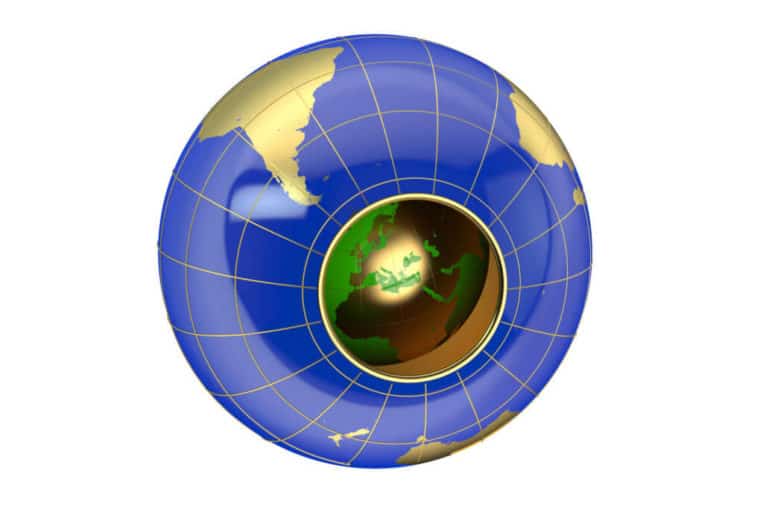
This scientific theory, the hollow earth theory, is a concept in which the planet Earth is entirely or partially hollow and contains a gigantic interior space. Though this concept had been dismissed by most. But, some scientists are still working hard to prove this myth. This theory goes back as far as the time of the Greeks, and evidence suggests that the dead would spend their afterlife in the center of the planet.
According to legend from Tibetan Buddhists, there is an ancient city buried within the core of Earth called Shamballa. Though modern-day science has since debunked this theory, it is incredible to imagine the possibilities if this fantasy place was real.
3. Dinosaurs had scales – Wrong scientific theories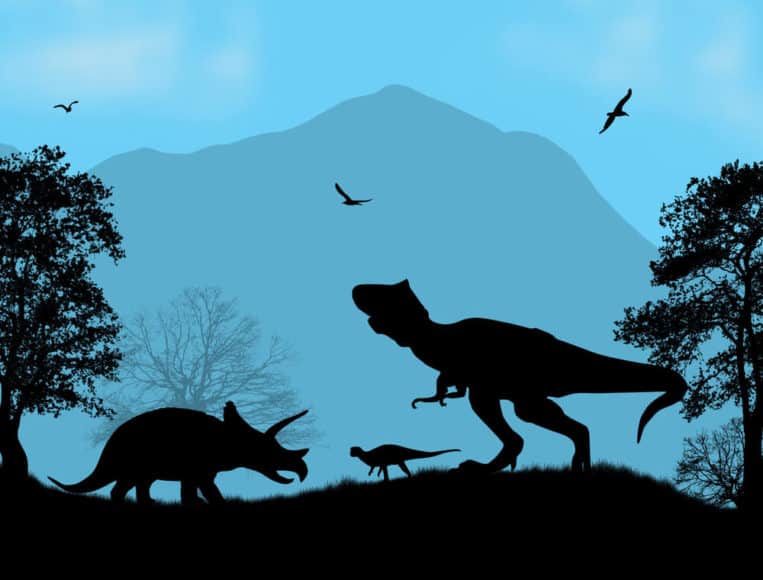
Dinosaurs were around millions of years ago, throughout the Triassic and Jurassic eras. For as long as we have been able to analyze fossils, we have assumed dinosaurs were similar to modern-day reptiles like lizards and snakes and had scales. Recently discovered fossils, preserved in ice for millions of years can now confirm that most of these ancient creatures, including the non-avian dinosaurs, had feathers.
As of yet, every dinosaur confirmed to have feathers has been a carnivore, the leaf eaters like the Diplodocus had rough skin but certainly not scales. This is not a theory, but modern science has helped uncover the truth.
4. Worms cause rot and decay – when scientists get it wrong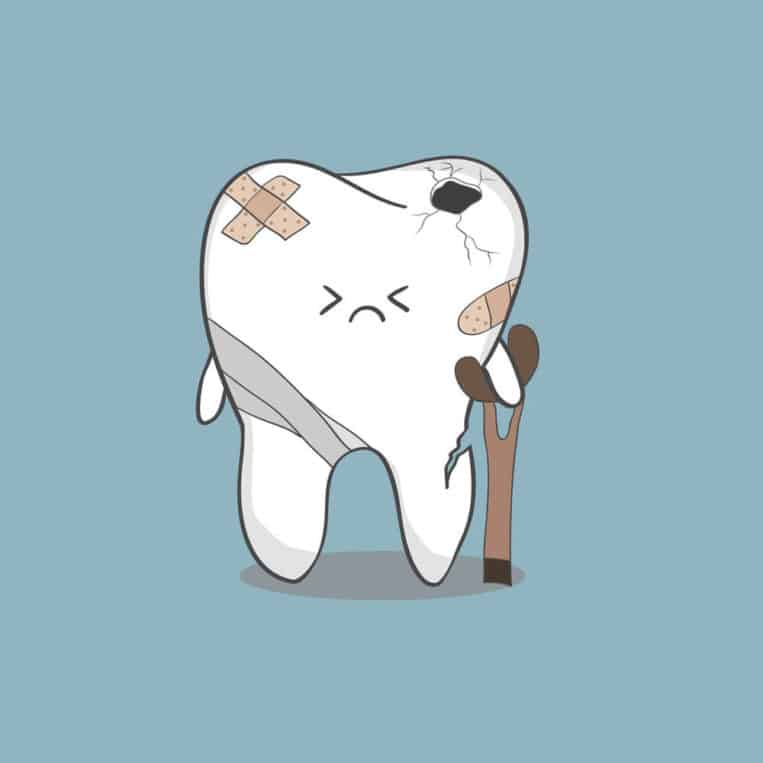
Medieval witch doctors the world over have continuously come up with crazy solutions and theories, some have these have developed into modern day medicine as we know it, and some are just insane ideas that make no logical sense to us. Hundreds of years ago, dental hygiene was not important – with an average lifespan of less than 30 most people outlived their teeth.
Unlike today we are living up to and over 100 and out teeth need maintaining. According to this scientific theories believer, Doctors of the past didn’t blame plaque or bad hygiene for causing tooth decay or rot. Instead, they believed tiny microscopic worms were eating away at the teeth and sweet fruit was the cure to kill the worms. They did so much more damage than they every cured, thankfully we know better now.
5. Pluto is a Planet – Or is it?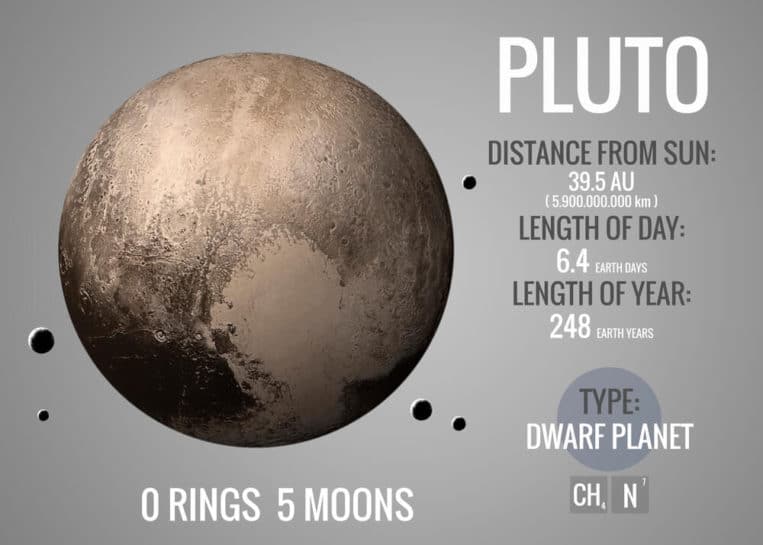
The majority of us believe Pluto is one of the planets in our solar system, like other planets Pluto orbits the sun so why is it not called or classified as a planet? Well, Pluto is not very big – it is half the size of the USA and much smaller than the moon of Earth, so its official title is Dwarf Planet.
Though this Dwarf Planet is less than half the size of our moon. It has five moons of its own names Charon, Kerberos, Styx, Nix, and Hydra. Pluto is very cold as it is 40 times further from the sun as Earth is. It takes nearly 250 days to orbit the sun. I highly doubt anyone will ever step foot there, for a good reason.
6. Fish have the 3-second memory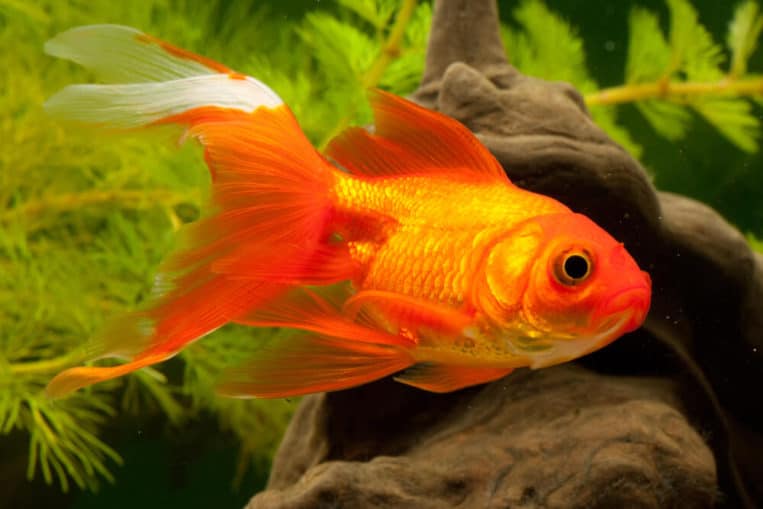
This popular scientific theories that fish have extremely short memories is not strictly true. It has been disproven multiple times in a number of studies across the world. The fish were experimented on, by conditioning the fish to know that when a sound is played through an underwater speaker, it is time to eat.
After around a month, upon hearing the underwater sound, the fish would swim toward the place it would be fed. Proving that fish do have memories longer than 3 seconds. According to a British researcher, fish have memories for around two months.
7. Earth is the only planet with water
For as long as humans have looked up to the stars. We have always imagined what kind of life – if any – is out there. For life like ours to sustain water is needed. Water as far as most are aware is exclusive to Earth. In fact, there is proof that Mars used to have flowing water on its surface. Later as evidence, scientist found rivers and lake beds on Mars.
This means that sometime in the past, life could have been sustained on Mars. It was more than likely nothing bigger than bacteria. However, some believe micro-fish still live inside the red-planet in frozen ice. But we have not yet reached Mars so won’t know for certain just yet.
8. Humans evolved from Neanderthals – wrong scientific theories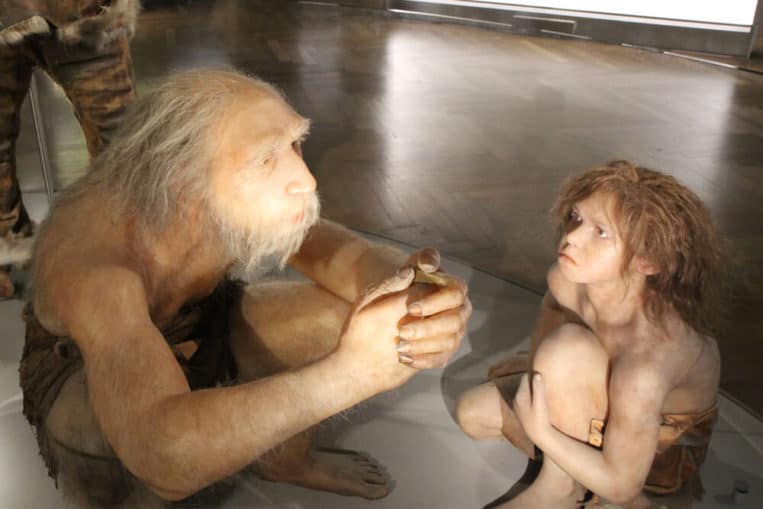
It is a common misbelief that humans are a smarter, more intelligent evolved version of the Neanderthal. Though evidence proves this is not true, in-fact both us and Neanderthals lived at the same time. However, though at different sides of the planet. There is numerous evidence of homo-sapiens interbreeding with Neanderthals to make the species we call human today. The truth is we are not direct descendants of Neanderthals but a mixture of both homo-sapien races.
Passionate scientists continuously have unique ideas, but when they seem too good to be true, they usually are. Hope you enjoyed the list of eight times scientists were wrong about their old scientific theories.
Read one more interesting article here:

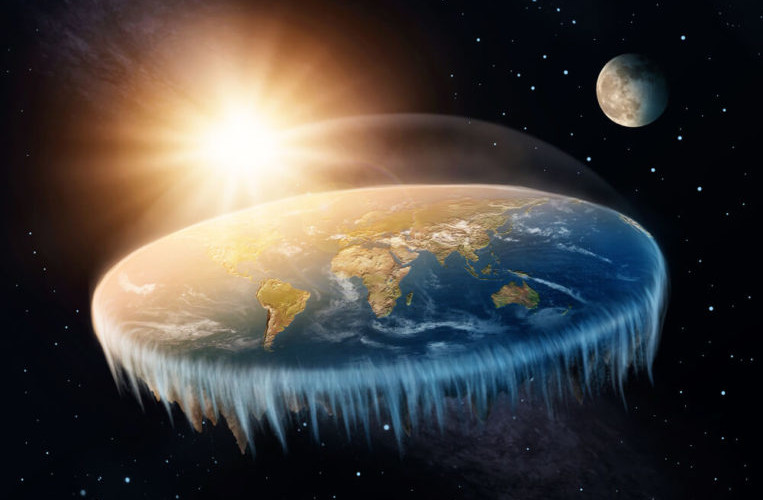




257 comments
Comments are closed.